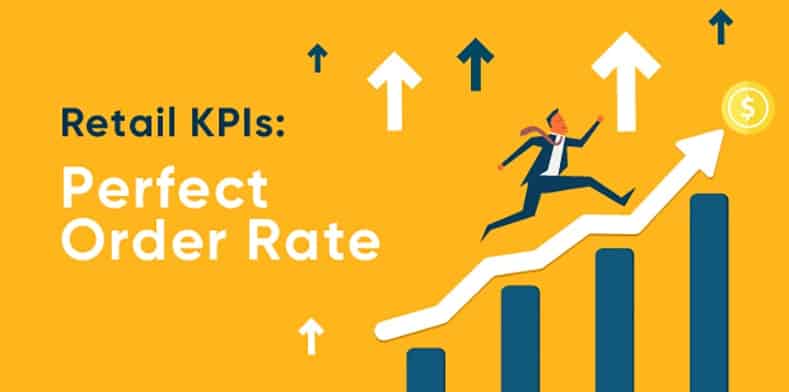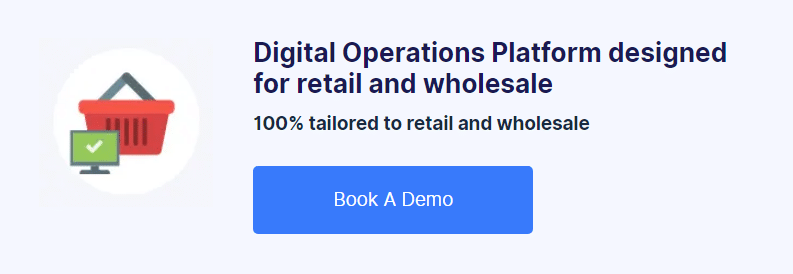The Perfect Order Rate is a Retail KPI that measures how well your business is faring against its customer-centric goals. Are your customers receiving the right products? And in the condition and time frame that was promised? Businesses with higher Perfect Order Rates typically see more repeat business and faster growth.
It’s a metric that needs tweaking slightly for different businesses, often due to industry and inherent complexities during order processing. Once you have defined your specific Perfect Order Rate metric, it provides a structured way to analyze efficiencies. In this article, I’ll be introducing its concept, as well as some actions that can be taken to improve it.
Understanding Perfect Order Rate
For most businesses, an order is deemed ‘Perfect’ if it:
- Leaves the warehouse on time
- Reaches the customer on time
- Contains the right items
- Doesn’t trigger a return
- Has no negative financial events (such as credit card chargebacks)
A business that ships everything on time and has no customer returns or other problems will have a Perfect Order Rate of 100%. The easiest way to track your Perfect Order Rate is to record the count of failures and subtract them from the total number of orders shipped – every time you get a returned order, mark it on a “returned orders” list, for example. If you need to ship a replacement, count that as a regular order rather than a failure to avoid double counting.
A simple tweak to your existing customer service operations to record the failures suddenly gives you a measurement on the drag on the business.
In order to define whether an order has “shipped on time”, it’s common to choose a cut-off point during the day, before which any order placed needs to be shipped in X days. If you don’t have inventory to fulfil the order, that’s a valid reason for failure. Orders drop-shipped from vendors are just as relevant to the Perfect Order Rate – delays on the vendor’s part need to be reported upon.
To determine whether an order has reached the customer on time is much harder (but technically is possible with many modern couriers and tracked packages), or whether the correct item was shipped. Most businesses assume that all is OK unless a complaint is received. While this is not ideal, it’s the best compromise.
Let’s look at an example of this in action:
If you shipped 1,200 orders in a month, had to re-ship 50 orders due to failed products and received complaints from 10 customers about slow delivery, your Perfect Order Rate would be:
1250 – ( 50 + 10 ) / 1250 = 95.2%
Note that the 50 replacement orders are included in the shipped total of 1250, since they also have the potential to go wrong.
Analyzing the result
Every business is going to be different, and of course the type of products you sell matters enormously. A company selling shoes or clothing may have a high return rate when customers buy multiple sizes and return the unwanted item. You may choose to ignore returns marked as “unwanted” or perfectly executed returns – clearly you need to have a returns management system in place to be able to get at this data.
The important thing to do is start tracking the metric and then watch for changes. If you see the Perfect Order Rate falling (getting worse), then you can look into the separate failure counts to see where the problem is, and act on it sooner rather than later.
Define your own criteria for a “failure” and don’t change this too often as it will make trends much harder to spot.
What actions can be taken to improve it?
Set up your failure lists to a level of detail where you can act on the results. So when an order fails to ship on time, record why it’s failed:
- Not enough inventory
- Inventory shown on system but not found in warehouse
- Not enough time to process
- Insufficient packing material
Perhaps you discover that customers are complaining that they are being shipped the wrong items. Slowing down the pick and pack process by adding a check stage should reduce incorrect shipments, but will slow down the entire process – keep an eye on the Processing Cost per Order metric.
The Perfect Order Rate should be balanced against the profitability measurement. If 5% of your orders are needing to be re-shipped due to damage in transit, you may choose to invest in stronger packaging for all orders – but only if the extra packaging cost for all orders is less than the profit you have lost through re-shipping the 5%.
Ultimately, once you’ve started to understand your data, you’ll be able to understand the costs of your mistakes and use the data to make decisions.





